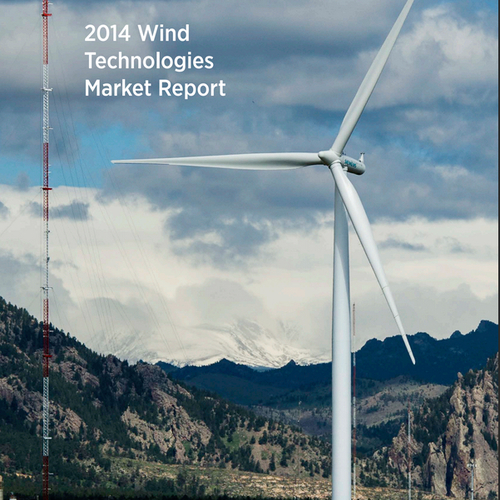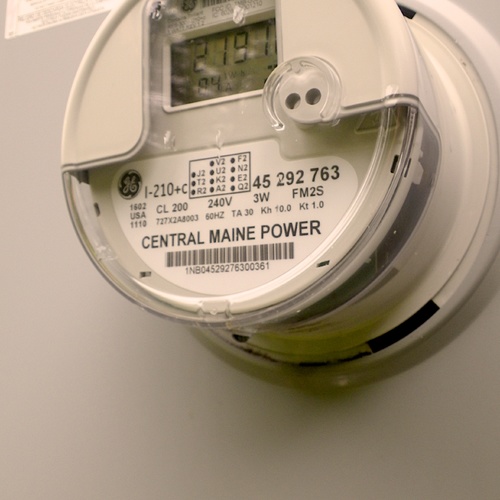
Image Credit: Ferrier Builders, Inc./Ferrier Custom Homes, LP
Whether it was due to economic pressure, energy efficiency incentives, or a combination of both, Americans used more solar, nuclear, biomass, and wind energy in 2008 than they did in 2007, according to energy flow charts produced by the Lawrence Livermore National Laboratory, one of the nation’s key sources of technological research for national security.
The flow charts, which were released this week, show 2008 energy usage in the U.S. at 99.2 quadrillion Btu, down 2.26% from 101.5 quadrillion Btu in 2007. Overall, the nation used less coal and petroleum during the same time frame and only slightly increased its natural gas consumption. Geothermal energy use remained the same, LLNL said in a press release.
While commercial and residential energy use climbed slightly, it declined by 1.17 quadrillion and 0.9 quadrillion Btu, respectively, in the petroleum-dependent industrial and transportation sectors, which trimmed consumption when oil prices soared last year.
Key to improving on these generally positive trends, said A.J. Simon, an LLNL energy systems analyst who develops the energy flow charts using data provided by the Department of Energy’s Energy Information Administration, will be our efforts to develop devices and strategies that make the most efficient use of the energy we consume. Rejected energy – essentially the amount of energy that is consumed but ultimately wasted – amounted to 57% of the 99.2 quadrillion Btu Americans consumed last year.
“I’m really excited about the renewed push for energy efficiency in this country,” Simon said in the LLNL press release, “because once that energy is rejected, it’s no longer useful. But more-efficient power plants, automobiles and even light bulbs really do reject less energy while providing the same energy services.”
Weekly Newsletter
Get building science and energy efficiency advice, plus special offers, in your inbox.















0 Comments
Log in or create an account to post a comment.
Sign up Log in